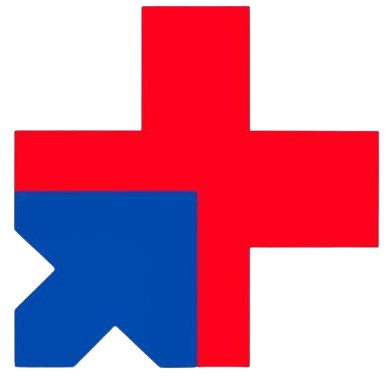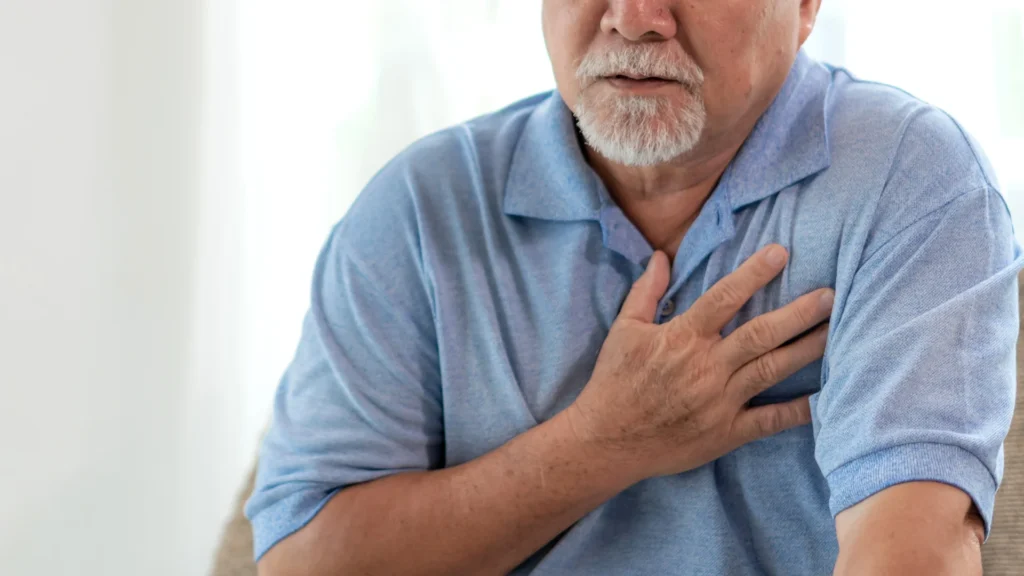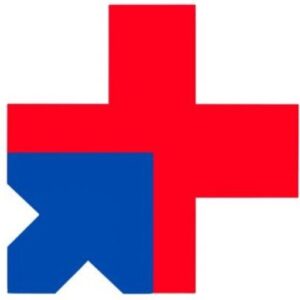Recognizing stroke symptoms is a matter of life and death. It’s not an overstatement – it’s a reality. With strokes being responsible for serious brain cell damage, it’s crucial to understand the importance of early detection.
What is a stroke? It’s a medical emergency where blood flow to part of your brain gets interrupted or severely reduced, depriving brain cells of oxygen and nutrients. Within minutes, these cells begin to die, leading to permanent damage or even death.
The impact of stroke is profound. It’s not just a health crisis for the individual affected, but also for their families and society as a whole. In Singapore alone, there are approximately 10,000 hospital admissions per year due to stroke, making it the fourth leading cause of death.
But here’s the good news: strokes can be managed and even prevented if symptoms are recognized early on. This brings us to our key takeaway: Act Fast, Save a Life. Understanding and recognizing stroke symptoms isn’t just important for those at risk but for everyone.
In the following sections, we’ll delve into how to spot the signs of a stroke in three easy steps. We’ll cover everything from understanding what a stroke is, recognizing its symptoms, and knowing the urgency of early recognition and treatment.
As always, this articles serves as a guide. Please consult your family physician for more specified diagnosis.
Step 1: Understanding Stroke Symptoms
A stroke is a sudden medical event that interrupts the flow of blood to parts of the brain. When this happens, brain cells are starved of oxygen, resulting in serious damage. Understanding the signs of a stroke is crucial to getting help quickly and minimizing harm.
Types of Strokes
There are four main types of strokes:
- Ischaemic Stroke: This is caused by a blockage in an artery that supplies blood to the brain. The affected area of the brain can no longer function properly because it isn’t receiving enough oxygen. Symptoms can include sudden numbness or weakness on one side of the body, confusion, and loss of balance.
- Haemorrhagic Stroke: This occurs when a blood vessel in the brain bursts, leading to bleeding in surrounding tissues. The build-up of blood puts pressure on the brain, causing symptoms like severe headaches, vomiting, and loss of consciousness.
- Transient Ischemic Attack (TIA): Also known as a ‘mini-stroke’, this is triggered by a short-term reduction in blood supply to the brain. While symptoms are similar to those of a full-blown stroke, they usually disappear within an hour without causing permanent damage.
- Silent Stroke: This type doesn’t cause noticeable symptoms but still results in damage to the brain cells. It’s often discovered accidentally during brain scans for other health issues.
Each type can affect individuals differently depending on factors like the area of the brain impacted and how long it was without oxygen.
Common Stroke Symptoms
Ischaemic Stroke
With ischaemic strokes, typical effects might include:
- Difficulty speaking or understanding speech
- Paralysis or numbness of the face, arm or leg, especially on one side of the body
Haemorrhagic Stroke
In contrast, haemorrhagic strokes often result in:
- More severe headaches than other types
- Neck stiffness
- Seizures
- Changes in alertness including sleepiness or even unconsciousness
Why Knowing the Signs Matters
Strokes are not one-size-fits-all. The key takeaway is to be aware of the variations in stroke symptoms. Recognizing the signs early can make a significant difference in recovery and long-term outcome.
Step 2: Common Stroke Symptoms to Watch Out For
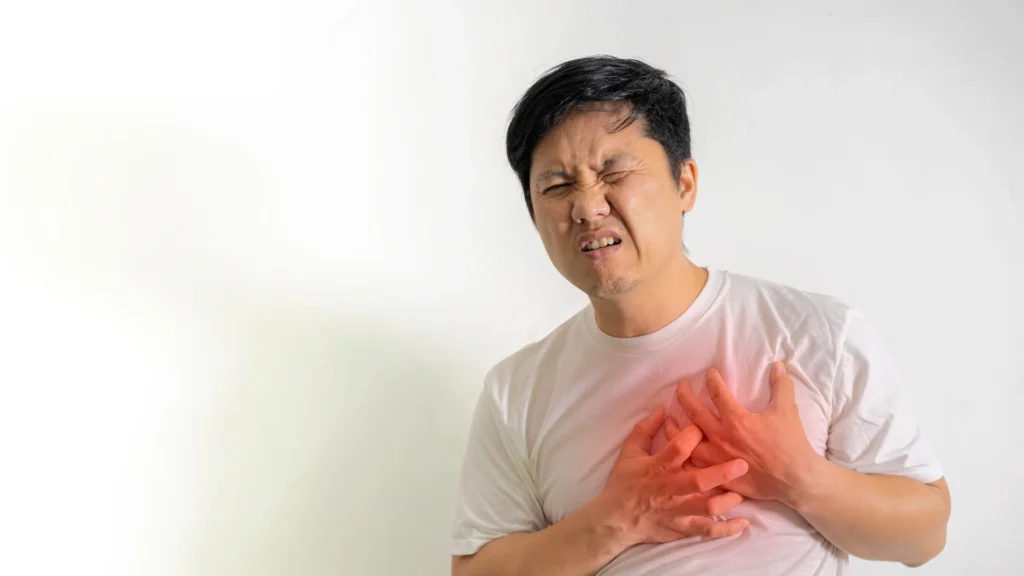
When a stroke happens, time is crucial. Recognizing the signs quickly can make all the difference in someone’s recovery. Here are the main symptoms to be aware of:
Loss of Balance
One of the most obvious signs of a stroke is suddenly losing balance or coordination. This can show up as:
- Having trouble walking straight or feeling unsteady
- Feeling dizzy or like everything is spinning
- Sensing a strange pulling sensation to one side
If you notice any of these symptoms in yourself or someone else, it’s important to act right away.
Difficulty Speaking Clearly
Problems with speech are a telltale sign of a stroke. They may include:
- Struggling to form words or speak in a way that others can understand
- Slurring words or sounding garbled
- Not being able to comprehend what others are saying
A simple test is asking the person to repeat a basic sentence. If their speech sounds strange, don’t wait—get medical help.
Numbness or Weakness on One Side
Many strokes affect only one side of the body. Look out for:
- Suddenly feeling numb or weak on one side, including the face, arm, or leg
- One side of the face drooping when trying to smile
- An arm drifting down when trying to raise both arms
This unevenness can be a clear indication that a stroke is happening.
Problems with Vision
Any changes in vision should never be ignored. This might involve:
- Suddenly having difficulty seeing out of one or both eyes
- Seeing things as blurry or darkened
- Having double vision
Even if these symptoms come and go quickly, they still need immediate medical attention.
Intense Headaches
A sudden and severe headache could be a sign of bleeding in the brain. Along with the headache, there might also be:
- Vomiting or feeling nauseous
- Acting confused or not being fully conscious
- Having seizures
This isn’t your usual headache and requires prompt medical treatment.
Remember the Red Flags: These symptoms can appear out of nowhere and vary in how severe they are. Sometimes they may seem mild or disappear, making it tempting to brush them off—don’t. Acting fast could save a life and prevent permanent damage.
Knowing these warning signs isn’t just about being aware of them—it’s about taking immediate action. If you notice any combination of these symptoms in yourself or someone else, it’s crucial to call emergency services right away. Thus. by keeping these common stroke symptoms in mind, you’ll be prepared to act quickly in these critical situations.
Step 3: Early Stroke Symptoms Recognition and Treatment
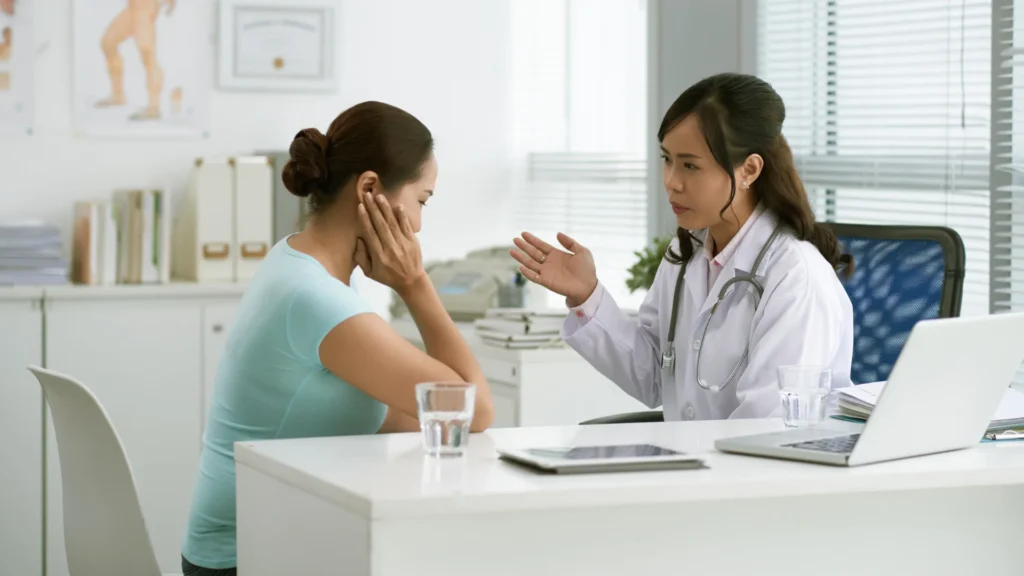
Understanding the importance of detecting and treating strokes early is crucial. Why is it important? Because getting treatment quickly can greatly affect a patient’s recovery and long-term quality of life.
Possible Problems After a Stroke
After a stroke, patients may face different problems. These can include physical issues or difficulties with thinking.
Physical Problems: This includes paralysis, numbness, or sensitivity to temperature on one side of the body. Patients may also have shoulder pain or bed sores.
Thinking Problems: Stroke survivors often have memory loss or trouble thinking. They may also have trouble speaking or swallowing.
Dealing with these problems right away is important in lessening their long-term effects.
Ways to Handle and Prevent These Problems
Handling and preventing stroke-related problems requires a combination of approaches.
- Rehabilitation: Taking part in physical, occupational, and speech therapy can help with physical symptoms and improve thinking abilities.
- Medication: Certain medicines can help manage symptoms like pain or prevent additional strokes.
- Lifestyle Changes: Making healthier choices such as exercising regularly, eating well, and quitting smoking can also play a big role in prevention.
Early Treatment Choices for Strokes
Effective treatment starts with quickly recognizing stroke symptoms. One promising treatment choice for an ischaemic stroke is the tissue plasminogen activator (tPA) injection.
This injection is especially helpful for those experiencing an ischaemic stroke – where blood flow to part of your brain becomes blocked. Given within four hours of symptom start, it works by dissolving the clot that’s blocking blood flow to the brain.
Do you now understand why acting fast matters when it comes to strokes? The sooner a stroke victim gets medical attention, the better chance there is of reducing damage and improving recovery. So, remember the signs, and don’t wait to get immediate help when they show up.
Raising Awareness: Stroke Risk Factors and Prevention
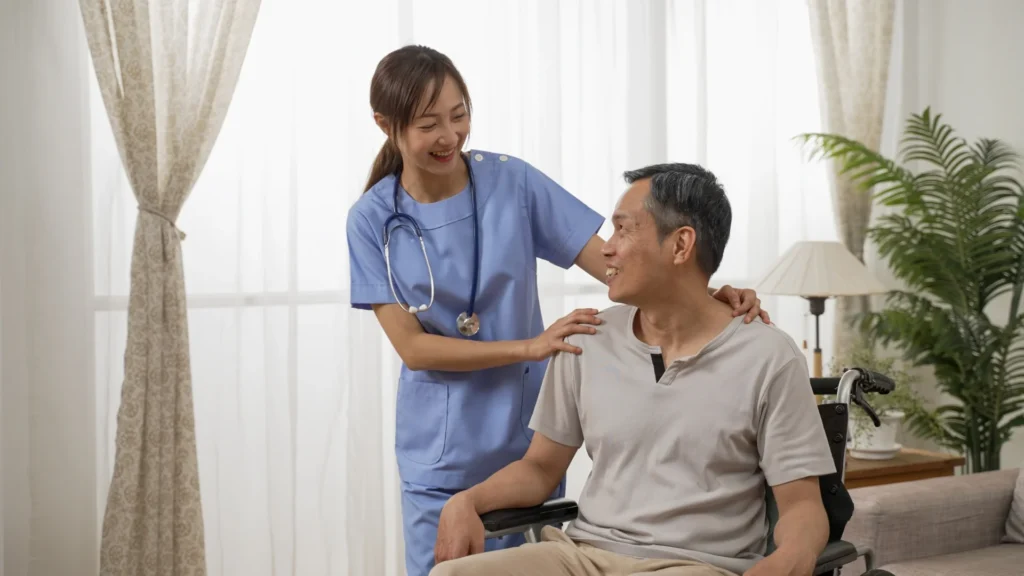
Recognizing the factors that contribute to stroke risk is crucial for prevention. In Singapore, stroke hospitalizations tally up to around 10,000 annually, marking it as a leading cause of death and the highest contributor to long-term disability. Various factors elevate stroke risk, including:
- Cardiovascular diseases: Conditions like heart disease heighten the likelihood of a stroke.
- High homocysteine levels: Elevated levels of this amino acid are associated with an increased risk.
- Birth control/hormone therapy use: These can increase the propensity for clot formation.
- Chronic diseases: Hypertension, high cholesterol, and diabetes are significant contributors.
- Personal/family history: A history of stroke/TIA/heart attack among close relatives indicates higher risk.
Understanding Stroke Risk Factors in Singapore
The intricate tapestry of lifestyle choices and medical history paints a picture of one’s vulnerability to stroke. Acknowledging these elements is the first stride towards mitigation.
Decreasing Stroke Incidence and Deaths in Singapore
Efforts in public health education and improved medical interventions have led to a notable 10% drop in the stroke rate from 2007-2011. The occurrence of stroke-related deaths has also decreased, illustrating the impact of proactive measures.
Prevention is Key
Armed with knowledge about these risk factors, individuals can take active steps towards reducing their chance of experiencing a stroke. Simple lifestyle changes, regular health screenings, and managing chronic conditions effectively are foundational to prevention strategies. By prioritizing healthy habits today, we pave the way for a healthier tomorrow.
Conclusion
Recognizing stroke symptoms empowers you to take charge, not only of your health but also the wellbeing of those around you. Understanding the urgency that comes with these sudden symptoms can make all the difference in preventing long-term complications and achieving a full recovery.
A stroke can happen to anyone, anywhere, at any time. The knowledge you’ve gained today is a powerful tool in protecting yourself and others from this silent threat. Use it wisely and share it widely.
Remember these key points:
- Stroke symptoms are warning signs that require immediate attention.
- Early treatment often leads to better outcomes, especially with interventions like tissue plasminogen activator injections for ischemic strokes.
- Taking steps to prevent strokes and managing risk factors are crucial for safeguarding your health and the well-being of your loved ones.
In dealing with strokes, time is of the essence. Every second matters. So if you or someone else is experiencing signs of a stroke, don’t hesitate – seek medical help right away. Your quick action could save a life.
Stroke has had a significant impact on our society, but by staying informed and acting swiftly when symptoms arise, we can fight back. Now, we move forward to our next section where we address some common questions about strokes.
FAQ
How common is a stroke?
Stroke is a leading cause of death and disability worldwide. In Singapore, there are over 10,000 hospital admissions annually due to strokes, making it the fourth leading cause of death.
Who is most at risk for a stroke?
Numerous factors increase the risk of stroke. These include cardiovascular diseases, high homocysteine levels, use of birth control or hormone therapy, chronic diseases like hypertension, high cholesterol or diabetes, a personal or family history of stroke/Transient Ischemic Attack (TIA)/heart attack, age above 55, smoking and obesity.
What’s the best way to prevent a stroke?
Lifestyle changes are key to reducing risk. This includes maintaining a healthy weight through proper diet and regular exercise, managing chronic conditions like diabetes or hypertension, and quitting smoking.
What should I do if I suspect someone is having a stroke?
Act fast. If you observe symptoms such as balance or coordination loss, slurred speech or inability to explain clearly, one-sided paralysis or numbness, blurred vision or severe headaches – call for immediate medical help.
What are the potential complications after a stroke?
Complications can vary greatly and include infections, shoulder pain, paralysis, difficulties with speech/swallowing, memory loss/cognitive issues, numbness and limb contractures/bed sores.
Read More: A Closer Look at Hypoglycemic Coma: Causes and Preventions
